William Wendt’s (1865-1946) paintings were often produced with a predominately green appearance or predominately brown. So, is this the most colorful painting you’ve ever seen by Wendt? Leave a comment below.
George Stern found this painting at the last minute before the beginning of the LA Art Show that will be held at the LA Convention Center next week. It was a hurry up art conservation project that we loved to do. In fact, we delivered the gorgeous “thang” today! Its been with us all this last week and the transformation was wonderful.
The really discolored layer of old varnish and grime came off quite easily and, of course made quite a difference in the appearance. But, after we got it cleaned, it still seemed gray to us. We hummed and hawed, tested with other solvents than what we had been using but not much changed. There was an overall softness or lack of “pop.” Then after we seemed to have tried everything, Painting Conservator Virginia Panizzon found a customized mixture that broke the code. We were all amazed, actually, at the difference in color with the removal of the gray layer (a VERY hard linseed oil coating).
Usually, the removal of a gray linseed oil layer doesn’t make THAT much difference in the dark colors. While it is usually a wonderful difference in the lighter colors and allows the light in the colors to really shine, look at the color difference in the dark greens in this photo! With the removal of the gray layer, we got the original spectacular sparkle we were hoping to find. After it was safely cleaned (no original paint loss or removal) the correct kind of varnish makes sure that the colors show off their best.
In addition to the cleaning, the painting was cracked over the entire surface and a lining brought all the paint layers back into plane and they disappeared in the process. The painting looks perfect.
Don’t you love this painting? I do.
If you are an art collector, there is a lesson to learn here: George consults with me often about what is possible in the art conservation – art restoration process… and George has boucoup experience! So, I invite you to open up a relationship and dialog with me and let FACL, Inc. be your ace in the hole.
A suggestion: Check out the instructional CD for inspecting paintings with a UV light at https://www.fineartconservationlab.com/uv-blacklight/
Scott M. Haskins 805 564 3438
Art appraisals: Richard at 805 895 5121
See George Stern talk about why he works with FACL in the very short video: [sdgnATVV1Lc]
Follow us on Facebook at
“Fine Art Conservation” and “Tips for Art Collectors”.

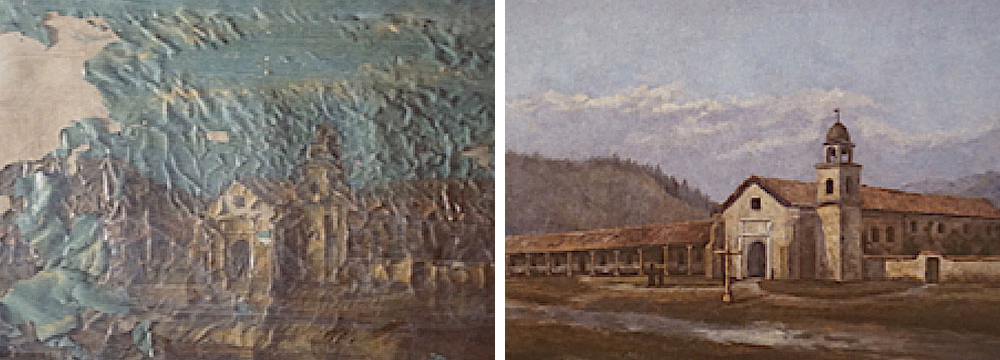
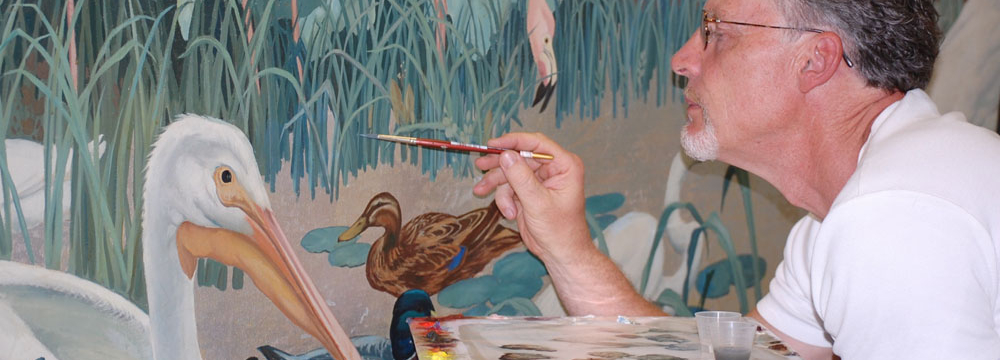
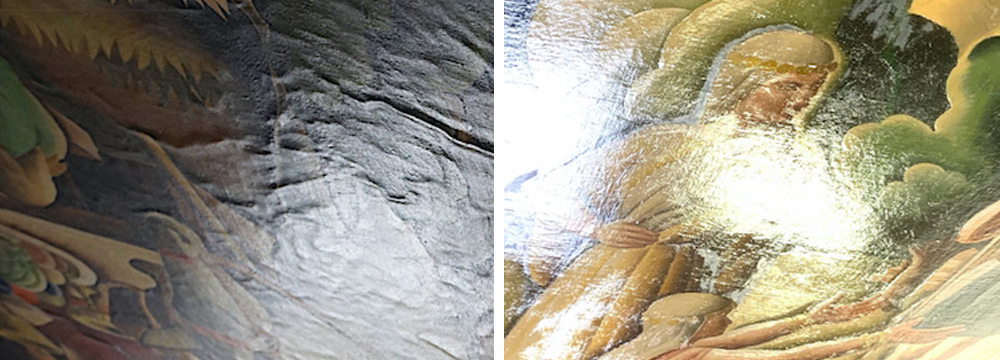
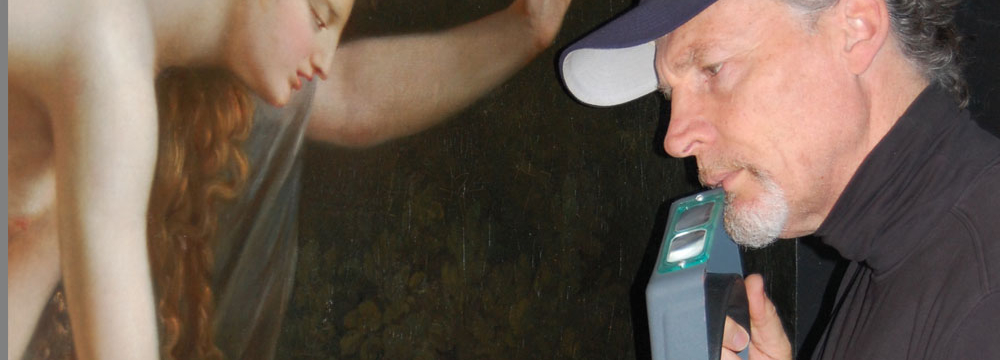

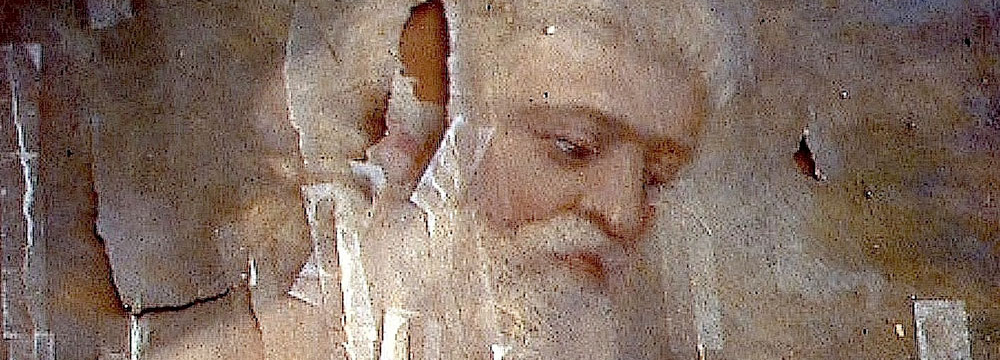
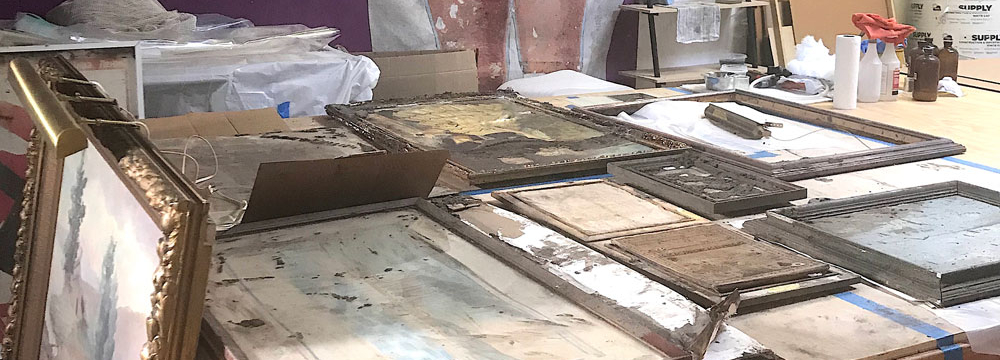

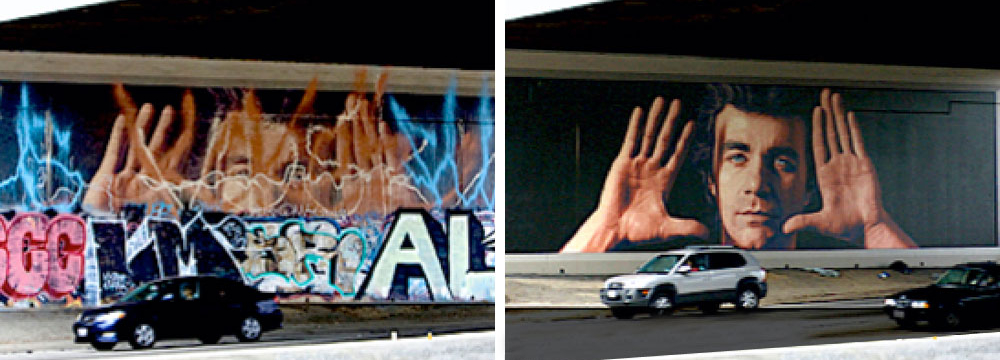
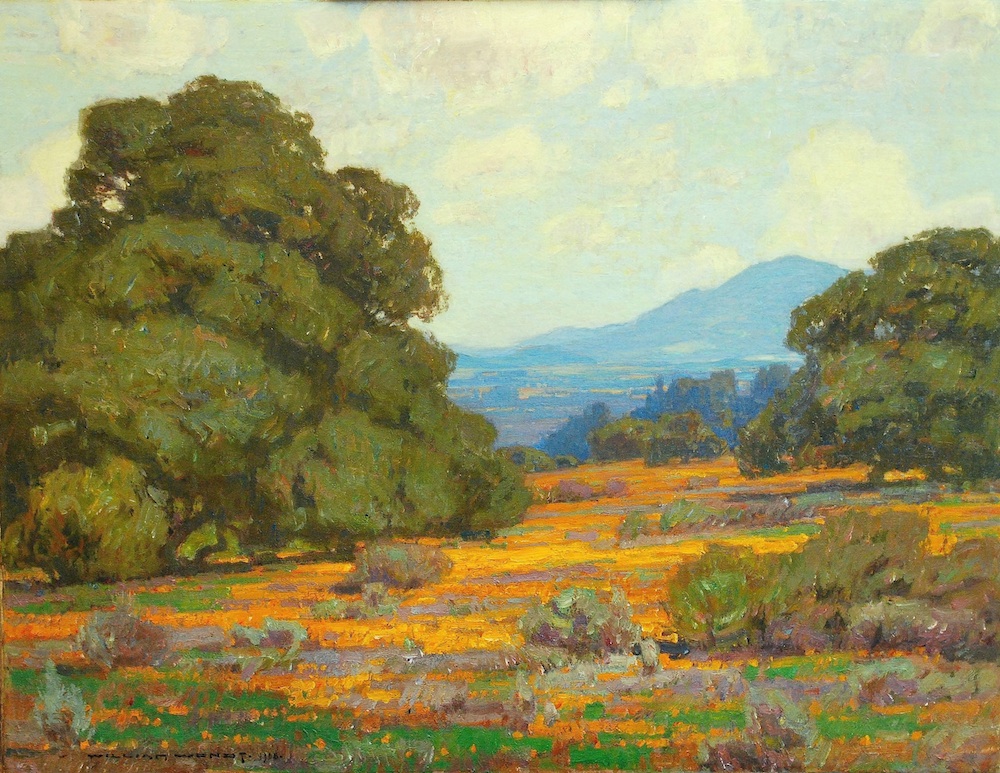
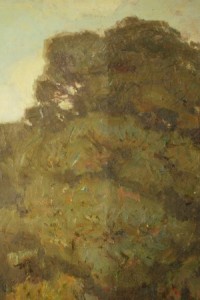

I love Wendt’s paintings and this is indeed a wonderfully colorful scene. Have you worked on many paintings by Wendt over the years?
We have worked on many many paintings by Wendt over the years including many of his best masterpieces. Several art galleries have total trust in our capabilities including Trotter Galleries in Carmel and George Stern Fine Arts in West Hollywood.
I love this artist and his style. To think he was really the only painting like this style anywhere around in CA or elsewhere. I think of his as an American or Californian artist but he spoke with a heavy German accent, I believe.
When I was a small child, I had a great interest in painting. Even I joined an Arts University to pursue my painting hobby. But somehow things didn’t turn out how I had expected. Even after dropping out of the Art’s University , I have the great passion for painting and practice it whenever I am free.
These are some great paintings that needed great attention and care. The link that Mr. Haskins has provided was useful to me. I like paintings though I do not paint. Good post. Continue doing your great work.
I know what you mean Shari. I have never painted either and I am not an artist. In fact, being an artist in the art conservation field is usually a hinderance. This is not a creative field of work.
I’m interested to know what solvents you tried using before finding the one that worked. Any information would be greatly appreciated.
James
Two thumbs up for this very wonderful painting. This painting by Wendt is what you call “art” 🙂
This is a wonderful painting—a great find by Mr. Stern and a great conservation job by Scott and the rest of FACL. This certainly is the most colorful Wendt I’ve ever seen, and the diligence with which FACL worked to “crack the code” of that grey layer of linseed oil is indicative of all their conservation work. Scott and FACL are able to take flawed pieces and turned them into museum quality paintings.
Thank you Colin for your nice words and comment. This painting was, of course, a masterpiece by Wendt and in good condition when it came into the lab. All we needed to do was remove 100 years of grime and discolored varnishes. For real miracles of painting restoration of flawed or abused paintings, go to our YouTube video of How To Fix A Ripped Painting at http://www.youtube.com/watch?v=Xhhu0AZ_WVI
Great painting and great work!
Janet Blake
Curator, Laguna Art Museum
http://lagunaartmuseum.org/